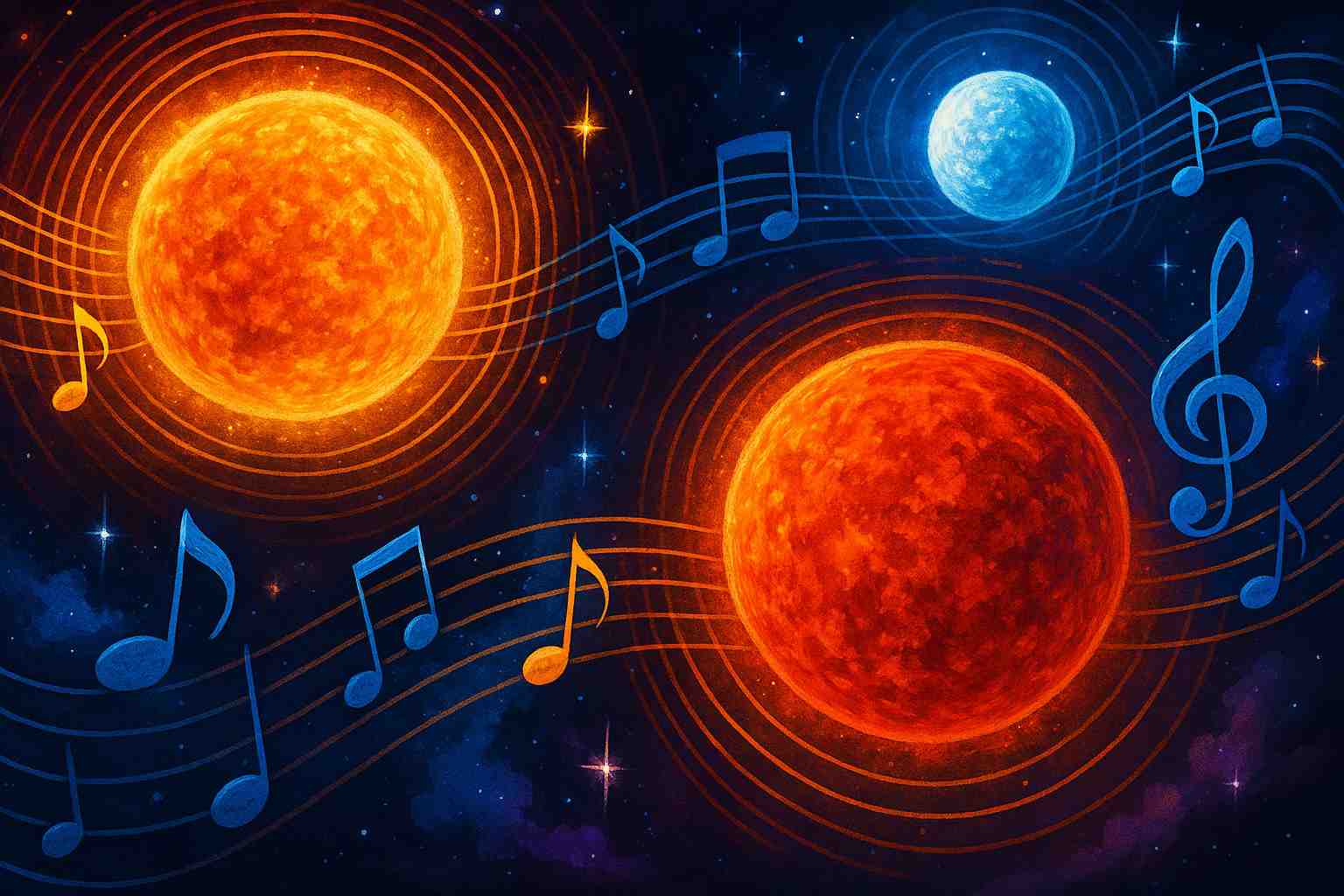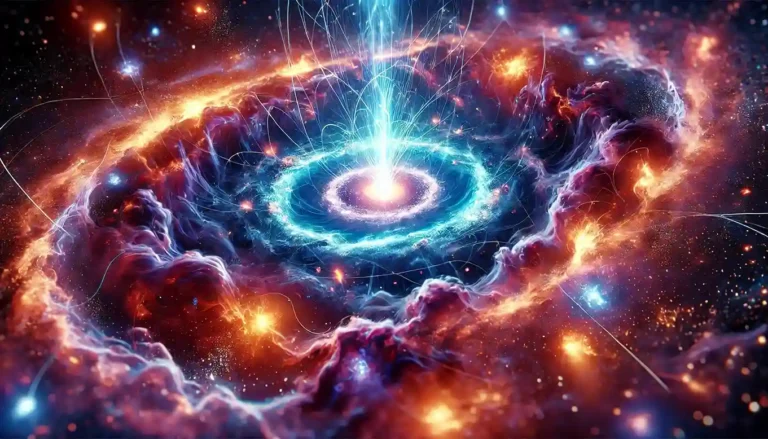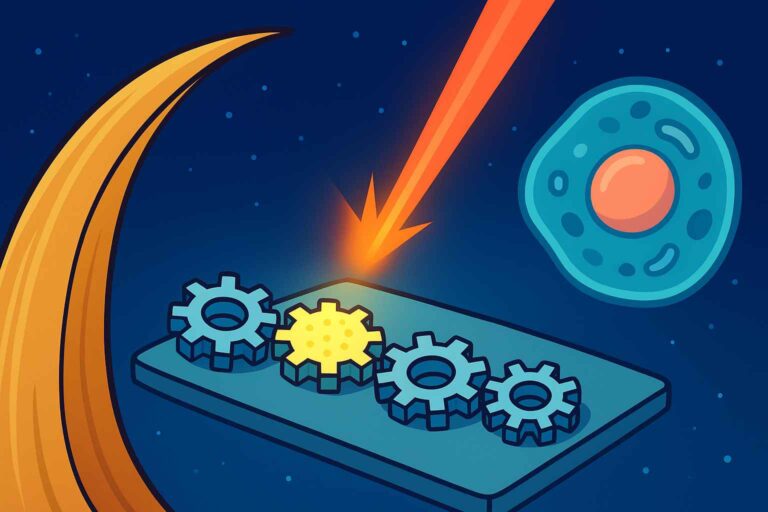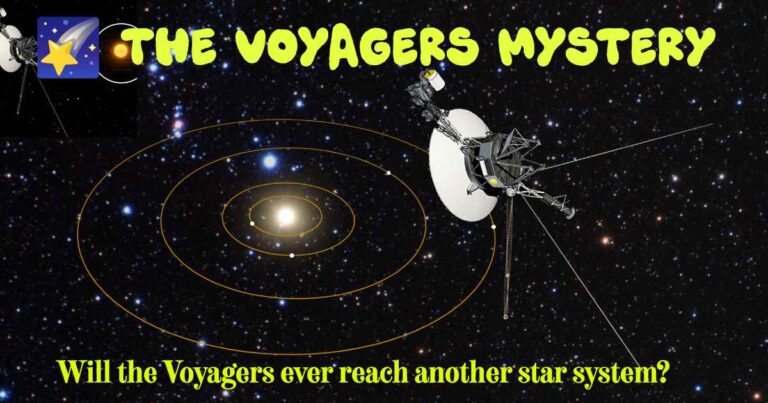
Source: University of New South Wales (UNSW)
🌟 What’s the Big News?
Scientists in Australia have done something amazing — they’ve listened to the sounds of stars! 🧑🔬✨ Just like instruments in a space orchestra, stars make tiny vibrations or “songs,” and these sounds help scientists learn more about how stars grow and how our galaxy, the Milky Way, has changed over time.
Using NASA’s powerful space telescope, researchers studied 27 stars in a star family called M67, which is 2,700 light-years away! That’s super far — but their songs still reached us thanks to special tools.
🎶 Wait… Stars Can Sing?
Not like pop stars or rock bands — but yes, stars really do make vibrations that behave like sound waves! These waves can’t travel through space the way sound does on Earth, but scientists can see the vibrations by looking at how a star’s light changes over time. This is called asteroseismology — it’s like using an x-ray, but for stars!
Each star’s “song” tells us:
- How big it is 🎈
- How hot it is 🔥
- How old it is ⏳
Big stars have deep, low-pitched vibrations, and smaller stars make higher-pitched ones. Together, they sound like a beautiful space symphony!
🌠 What Is a Star Cluster?
Think of a star cluster like a big cosmic family. All the stars in it were born from the same giant cloud of gas and dust. M67 is one such family—born about 4 billion years ago, just like our Sun! That makes it perfect for scientists to study how stars grow and change.
Each star in M67 has about the same age and chemical ingredients, but their different masses mean they evolve at different speeds. Some are still in early stages, while others have turned into big, red giants.
🌌 Why Is This Important?
This star cluster, M67, is special because all its stars were born together about 4 billion years ago — just like siblings! But they’re all different sizes, and that changes how fast they grow up. By studying their songs, scientists can see how stars change over time, kind of like looking at baby pictures, school photos, and adult portraits all at once.
And guess what? Our Sun was probably born in a cluster just like this one! So, learning about M67 helps us peek into the Sun’s past and future too! 🌞
🎧 So… Can We Really Hear Stars?
Not exactly—but by measuring their vibrations, we can “translate” their sounds into data. It’s like turning the twinkle of a star into a song that tells us about space, time, and the birth of galaxies!
So next time you look up at the night sky, remember: the stars are singing, and we’re just learning how to listen. 🎶✨
🔭 Listening to the Stars with Kepler
To “listen” to these stars, scientists used data from the Kepler K2 Space Telescope. They observed how the brightness of stars slightly changes as they expand and contract. These tiny changes are like musical notes—and every star has its own song!
Big stars play deep, low notes. Small stars hum with high-pitched sounds. And just like a full orchestra, no star plays just one note. They all play a symphony!
🔭 Cool Discoveries!
- Scientists saw how stars go from baby stars to red giants (super-old stars).
- They found mysterious star vibrations that nobody had noticed before!
- These sounds will help us understand how stars live and die, and even help find stars that might have planets like Earth. 🌍
🌟 What Happens Next?
Now that scientists know what to listen for, they’ll go back and check years of space data to find even more singing stars. This could unlock new secrets of the galaxy, and maybe even help us one day find new Earths!
🧠💡 Science is like a puzzle, and the stars are singing the clues! Who knows what space secrets we’ll discover next?






